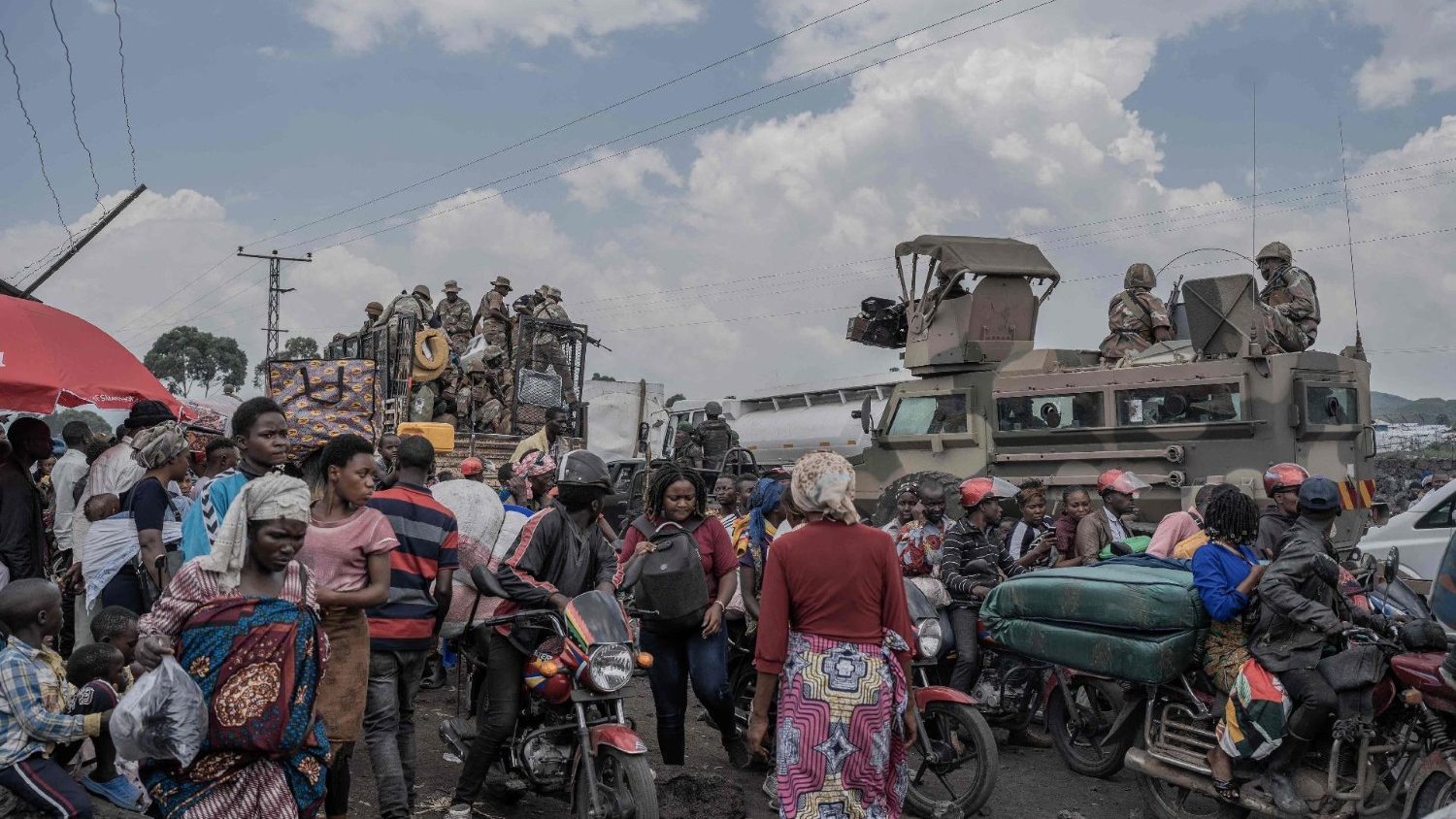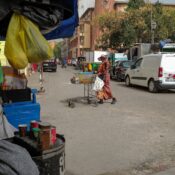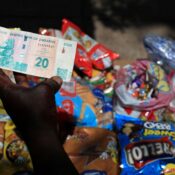
North Kivu Province in the East DRC faces a humanitarian crisis and conflict
North Kivu Province, the epicenter of hostilities located in the eastern Democratic Republic of the Congo (DRC), is facing a “worrisome” and “unpredictable” situation due to its immersion in conflict with armed rebels and being overtaken by one of the worst humanitarian crises in history, the province’s military governor, Peter Chirimwami, warned.
These statements were stated by Chirimwami during a recent interview with Xinhua in Goma, the province’s capital, where combat between the DRC military and many armed groups has been going on for years, resulting in one of the worst humanitarian disasters in history.
Chirimwami claims that M23 rebels have been pushing forward and fortifying their front lines in the province’s southern region, especially since February.
The Allied Democratic Forces (ADF), rebels connected to the Islamic State group in the north, are also making a comeback in the province.
Since May 2021, the provinces of North Kivu and Ituri have been under siege by the ADF and around a hundred other armed organizations in reaction to the carnage carried out by the M23. During this time, the civilian administration has been supplanted by military and police forces.
According to Chirimwami, government forces have not been able to stop the rebel groups’ progress despite cooperating with the Ugandan armies in combined operations.
Recently, the ADF has abducted people and carried out massacres against civilians. Since February 2024, the M23 aggression has increased, reaching Sake, a strategically important township that is thought to be the final barrier between Sake and Goma, both of which are located in the province’s southern region.
New battles were reported early on Wednesday morning on a number of hills surrounding Sake, and Goma city was rocked by the sound of heavy and light weapon fire.
At least 18 displaced people, primarily women and children, died as a result of five rockets that descended on multiple camps along the Goma-Sake axis on May 3, according to the United Nations.
The group issued a warning, stating that there are increased dangers of instability and protection for shelters in the area.
Goma, a metropolis of roughly two million people, has seen a surge in population over the course of several months due to the flood of displaced refugees, and now faces suffocation as a result of the key roadways between Goma and its surrounds being cut off by the M23.
The situation on the front lines is anything but tranquil, despite the impression of tranquility on the ground.
The province “has only one opening left,” according to Chirimwami, who stated that the M23 “practically blocks all exits.” The M23 may fire artillery into Lake Kivu, which is where civilian boats that travel between Goma and a few settlements in the neighboring South Kivu province are located.
“There’s a siege almost upon us. However, since we have created a resilience mechanism, it is not that serious,” the major general remarked.
M23 insurgents seized Goma in November 2012 and held it for almost ten days. Chirimwami, however, thinks the M23 is fooling itself as it tries to seize the provincial capital once more.
The goal of the enemy is to seize control of Goma. To drive us from the city, they intended to cut off all arteries. Since we are here, I believe they are in error. We are in Goma, the city,” Chirimwami remarked.
However, Goma is tense because of the flood of civilians into camps for the internally displaced, which might worsen the already unstable humanitarian situation, with food supplies severely impacted by the M23’s advance.
A humanitarian organization called the Norwegian Refugee Council (NRC) released a study in February 2024 stating that the war poses a threat to isolate Goma and jeopardize relief to millions of civilians.
“The progressive isolation of the city hampers the ability of international humanitarian organizations to reach displaced persons in the eastern region, exacerbating an already disastrous situation,” cautioned the NRC.
The DRC now depends on cooperative military operations with the Southern African Development Community (SADC) following the withdrawal of a regional force that was stationed by East African Community (EAC) members.
Chirimwami stated, “We have a force that allows us to resist for a long time because SADC is with us,” without giving any further information regarding the impending strategy.
“But I know they are doing a good job, and they will continue to do so.”
Since January 2024, the EAC regional force has been replaced by the SADC force, which is primarily made up of military personnel from South Africa, Tanzania, and Malawi. The SADC force has an aggressive mandate.
“We still have control over Sake. There is the defensive line. We’re still hitting the insurgents,” Chirimwami declared. “We and the people are certain that we are capable of resisting.”
According to the UN, the eastern DRC is currently dealing with one of the most serious, intricate, and unaddressed humanitarian crises globally, following decades of violence and warfare.
Two years of cyclical conflict in North Kivu have driven nearly 1.3 million people to leave their homes in the Democratic Republic of the Congo (DRC), resulting in a total of 5.7 million internally displaced people in the provinces of North Kivu, South Kivu, and Ituri, according to a March 2024 UN High Commissioner for Refugees report.
“With all the crises in the world, it is urgent to resolve the plight of displaced persons,” said Chirimwami.
All Categories
Tags
+13162306000
zoneyetu@yahoo.com


